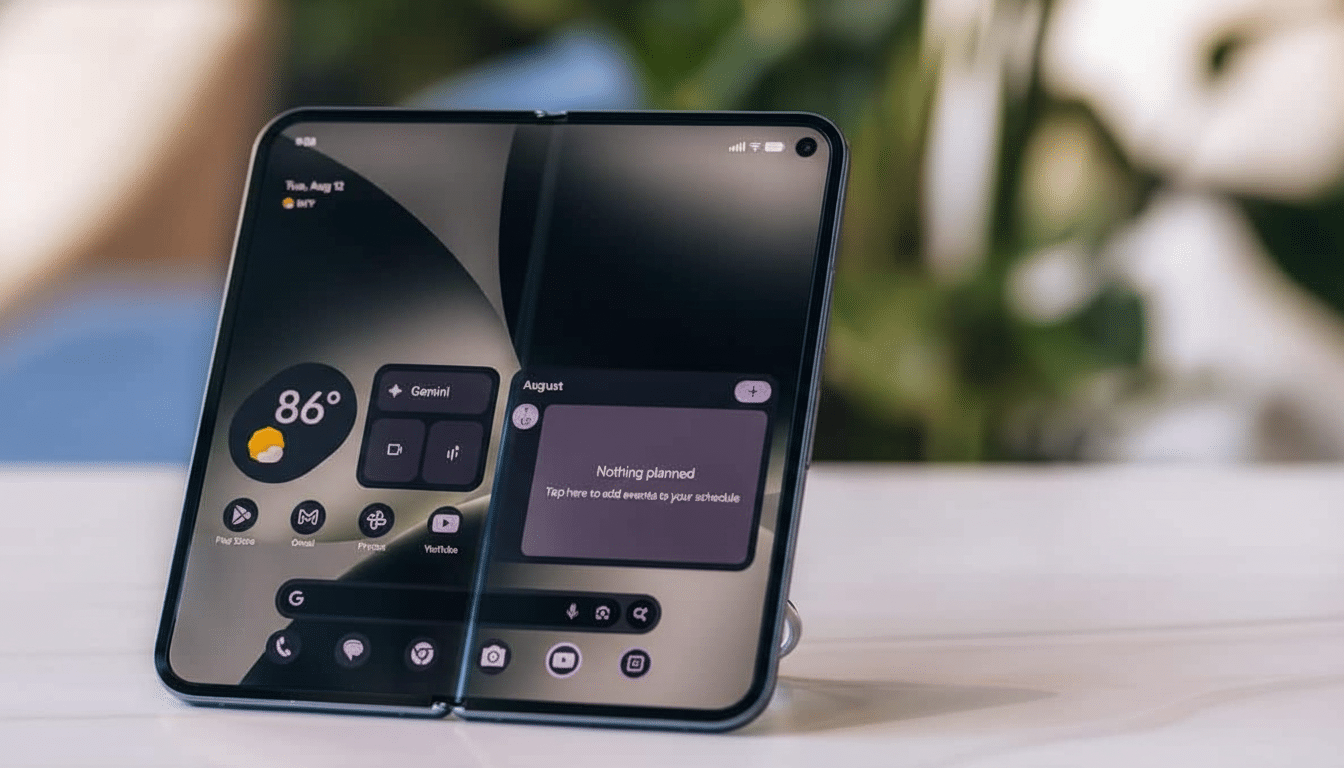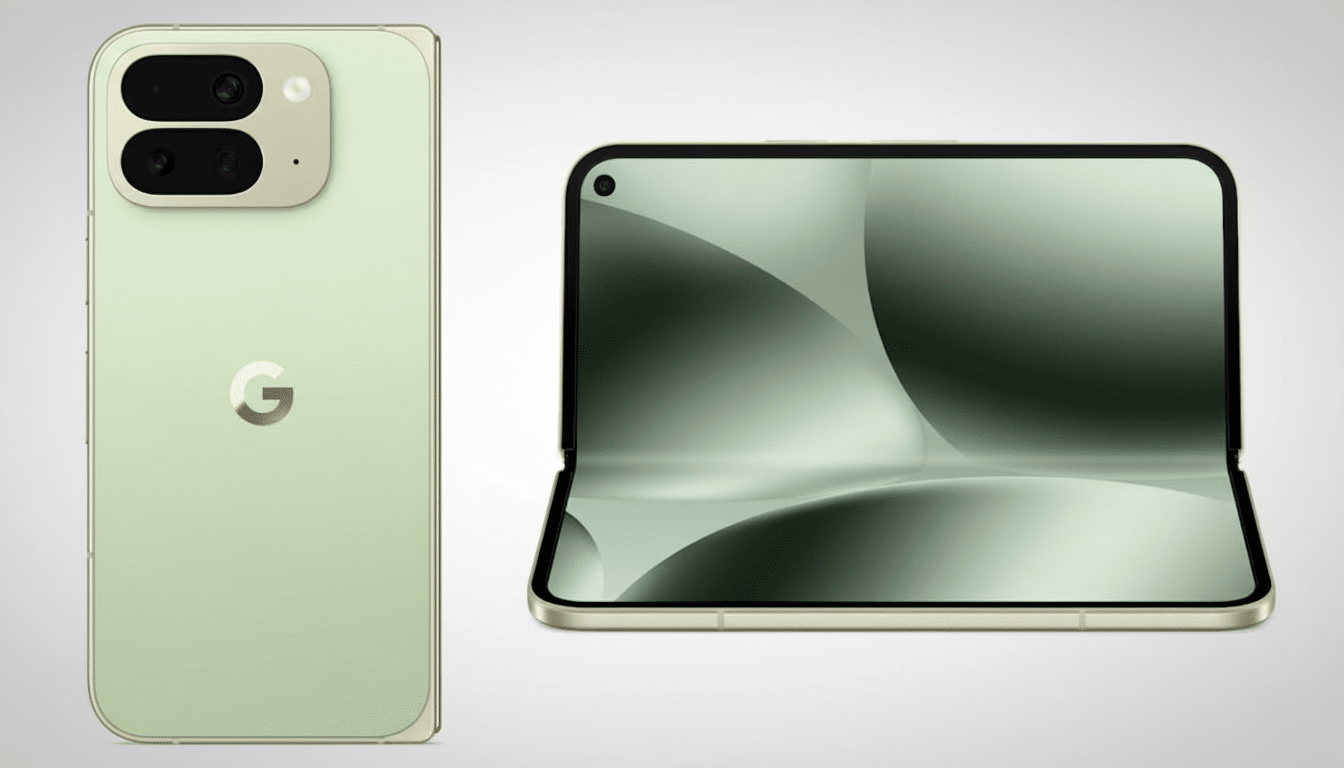Google’s Pixel 10 Pro Fold came with a headline promise few foldables have been brave enough to make: complete IP68 dust and water resistance. On paper, it sounded like the time when foldables could finally take a step beyond being fragile experiments and become full-blown daily drivers. After watching a spectacle of durability end in a Jackson Pollock canvas of smoke, my faith in that promise isn’t shattered, but it’s shaken more than I’d like to acknowledge.
A Landmark Foldable With A Flimsy Durability Story
In this class, IP68 counts for a lot. Most competing foldables top out at IPX8 — good against water, untested against dust. In claiming dust-tight protection, Google set a high bar for expectations. The company also boasted a reengineered, gearless hinge that it says allows room for a larger battery and easier folding, while keeping out even more grit. The narrative was durability without an asterisk.
- A Landmark Foldable With A Flimsy Durability Story
- The Bend Test That Ignited Alarming Fires
- IP68 And The Hinge Reality Check For Foldables
- Three Generations, One Persisting Weak Spot
- How This Compares With Rivals In Real Durability
- What Google Needs to Solve Next For Lasting Durability
- Why My Faith Is Shaken, Not Entirely Broken

The Bend Test That Ignited Alarming Fires
Next came the highly anticipated JerryRigEverything teardown and bend test. Zack Nelson’s tests are deliberately savage, but they’re pretty much the benchmark consumers go by when testing. A lot of flagships depart with a few wounds; the Pixel 10 Pro Fold departed accompanied by a worrying cloud of smoke. Just when and how exactly that failure occurred is less clear, but if you’ve ever beheld a lithium pouch cell vent… you know how quickly localized mechanical stress can telegraph into a thermal event.
That smoke show does not equal automatic real-world failure, to be clear. Stress tests pack years of wear and tear into minutes, and can occasionally yield corner cases. But optics matter. When your “most durable foldable yet” appears to bend momentarily or deform under torsional strain, confidence sags — especially among buyers who tend to equate premium prices with resiliency.
IP68 And The Hinge Reality Check For Foldables
Lab ratings have limits. IP code (IEC 60529) testing includes sand and dust exposure, but not all dust is created equal: Most beach sand, for example, is highly abrasive. Continuous contact with pockets, purses and backpacks can include the movement of pocket lint. That gap showed up fast. Reviewers reported sand getting into the hinge in sandy environments, with audible grinding until it was cleared with caution — a pattern that reappeared in third-party torture tests, which saw particles filtering through despite the rating.
The hinge is the lifeline of a foldable. Samsung found this out the hard way years ago and iterated with sweeper bristles and a teardrop-style fold to minimize stress and debris entry. Google’s move toward mechanical cams makes sense in theory, but ruggedness doesn’t come from novelty alone — it comes from iteration, tolerances, and sacrificial bulkheads designed to keep contaminants out of the parts that count.
Three Generations, One Persisting Weak Spot
Another concern: structural layout choices that have not budged enough. The antenna gaps in the external frame’s breaks appear to match a known flex point, observed on earlier Pixel foldables. If the chassis repeatedly buckles or concentrates stress near that seam, it’s a design flaw, not just bad luck. Adding a little bit of material around the antenna lines, relocating some cutouts, or using higher-strength composites in those areas would help without sacrificing radio performance.

How This Compares With Rivals In Real Durability
Competitive context matters. On paper, Samsung’s foldables still offer only limited dust assurances, but years of mechanical tinkering have minimized high-profile failure moments. That iterative grind builds trust. Market watchers like Counterpoint Research put the total global foldable shipments in the mid-teens in millions last year, and they continue to rise. As the category matures, tolerance for obvious durability lapses shortens — and so does consumer patience with learning-curve engineering.
What Google Needs to Solve Next For Lasting Durability
The way forward is apparent, and technical. One is to toughen the frame at points of high stress: reconfigure antenna gaps, put in local ribs, or use more extreme alloys and fiber reinforcements. Second, double up on hinge ingress protection with physical sweepers, tighter labyrinths, and improved entrance/egress for particulate. Third, separate and protect sensitive power circuitry and battery edges from torsional loads — with a little foam judiciously placed, or some key brackets and flex relief. Lastly, prove out beyond IP tests: neutral sand chamber trials, articulation cycles utilizing abrasive media, and a drop-plus-bend technique closer to the latest MIL-STD-810H guidance would put some credence back into things.
Why My Faith Is Shaken, Not Entirely Broken
And that is where the tug-of-war comes in: because the Pixel 10 Pro Fold as is remains a joy to use. The inner display is great, the outer screen proportions work, and Google’s software remains ahead when it comes to camera smarts and on-device AI. The long-term value is further sweetened by extended update commitments. Not many people will ever torture-test, flex a phone, or plant it in sand dunes.
But trust is not built on best-case scenarios. It is created when designs fail gracefully, not spectacularly. Google has the money and people to steer away from this. The next version appears to have visible reinforcements at known weak points, tougher hinge particulate defenses, and far less dramatic test outcomes, so the IP68 badge will sound like proof instead of promise.
For now, I will continue to use the Pixel 10 Pro Fold — and listen for the wrong kind of snap.
I still have faith, but it is on probation, waiting for the engineering to catch up with the ambition.

